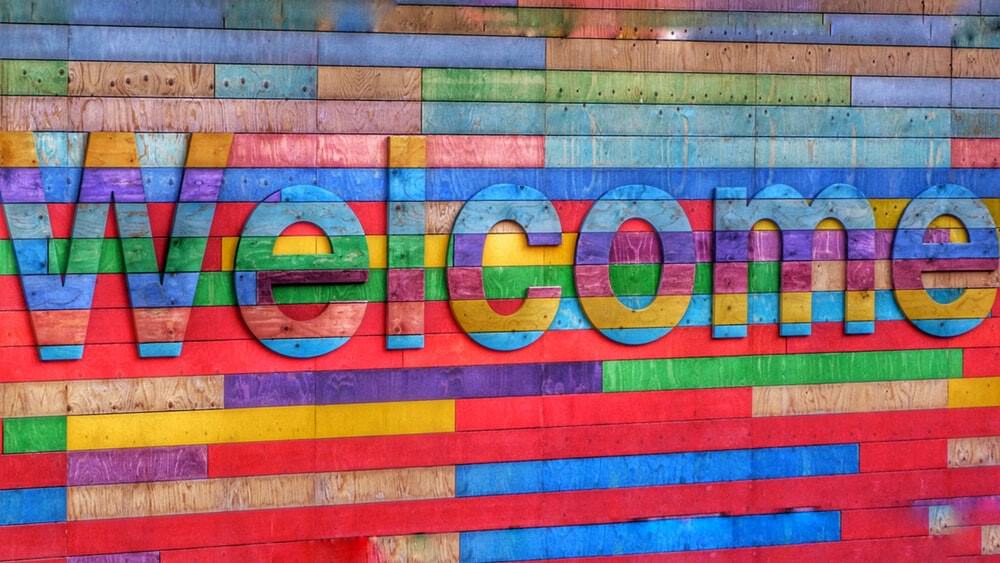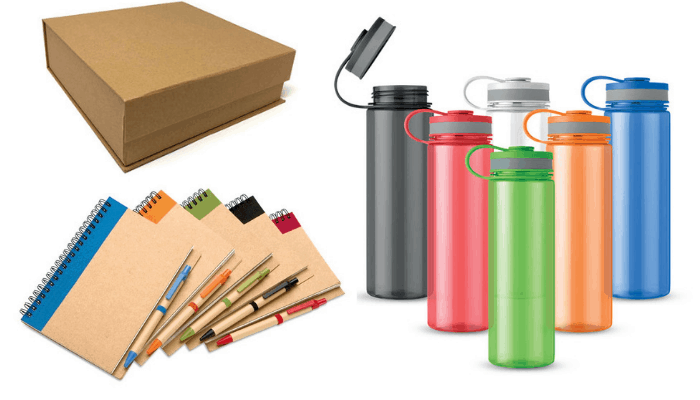Welcome Employees: 4 Stages to Successful Onboarding
 Employee onboarding is one of those trends that you constantly see across social media. It is often touted as a great way to welcome employees to your company. But it does so much more. It sets the stage for the employee/employer relationship and can lead to higher retention and greater productivity, right from the start.
The onboarding process welcomes new employees to your company and team. It is not a once-off, box-ticking exercise. It is useful to view it as a longer process with distinct stages. The first stage is your ‘showroom’, allowing you to advertise your culture to potential staff.
Stage Two acquaints new staff with your culture and infrastructure. Stage Three addresses their job tasks, teams, and tools. The fourth stage is the long game, the onboarding process that extends after their first day. A great onboarding plan attracts quality applicants, reflects your culture and supports retention. After all,
Employee onboarding is one of those trends that you constantly see across social media. It is often touted as a great way to welcome employees to your company. But it does so much more. It sets the stage for the employee/employer relationship and can lead to higher retention and greater productivity, right from the start.
The onboarding process welcomes new employees to your company and team. It is not a once-off, box-ticking exercise. It is useful to view it as a longer process with distinct stages. The first stage is your ‘showroom’, allowing you to advertise your culture to potential staff.
Stage Two acquaints new staff with your culture and infrastructure. Stage Three addresses their job tasks, teams, and tools. The fourth stage is the long game, the onboarding process that extends after their first day. A great onboarding plan attracts quality applicants, reflects your culture and supports retention. After all,
‘69% of employees are more likely to stay with a company for three years if they experienced great onboarding.’
Recruiting new staff members costs your company time and money, so devising a quality onboarding process is a wise investment.Stage One: From Job Ad to Interview
Onboarding does not begin on the first day of employment. It begins before the interview process, by getting feedback on your interview and onboarding processes from existing employees. You can ask the person who’s leaving to sit with you to help write the job description for their replacement to help identify the ideal candidate. Talking with them – and your most recent hires about the interview process will help minimise avoidable anxiety and negativity. This approach ensures your interview process includes, for example, the prompt return of calls and emails, kind treatment during the interview, and a value placed on the candidate’s time and abilities.Stage Two: Before their Arrival
Get your new recruit excited about joining your company and your team! Here are two suggestions to reach out to incoming staff. First, send them a letter together with their contract, telling them how happy you are as their manager to welcome them aboard. This can also give them ‘permission’ to raise any questions they may have. Second, consider sending them a small, branded gift to back up your earlier message and get them enthusiastic about being part of your team. These are small steps which make recipients feel special and welcome like someone has the kettle on already. They also give new colleagues a window into your brand, setting the cultural tone they can expect to enjoy.
These are small steps which make recipients feel special and welcome like someone has the kettle on already. They also give new colleagues a window into your brand, setting the cultural tone they can expect to enjoy.
Stage Three: The First Day
While first impressions mattered at the interview stage, they are particularly important on a new employee’s first day. This is where a clear induction process is needed. Here are some of the elements that can be included. Orientation – have a well-prepared, standard orientation process. This will cover work policies, paperwork which requires signature, and procedures specific to their job. Think about potential questions that may be raised and prepare standard answers. Make sure you also allow time to speak about company history, brand awareness and any additional benefits of being part of the company. Research demonstrates that a robust onboarding process improves retention by 82% and productivity by over 70%. Customised Schedule – this will outline what new staff will be doing in their first week. This can include meetings and lunches with line managers, Executive-level representatives, and other team members. The schedule can also include some time at the new desk or work station, as well as clear start and finish times. Team and department introductions – Set aside time to introduce the new recruit to the team members in their department. Briefly explain the roles of their colleagues and how they work together. This job is best done by their manager and is a great opportunity to build rapport.
Workplace Tour – Whether it’s an office or production-floor setting, have different team members lead the tour. They can show new staff where to park, get coffee, the loo, as well as where they work, and any IT sign-in details. Having more than one person involved increases the number of colleagues they meet and get to know from day one.
Welcome onboard packs – Welcome new team members with a company-branded gift or put a welcome onboard pack on their desk. A gift is a tangible, thoughtful way to show that you and your company are delighted for them to be joining the team and it helps connect them to your brand.
Team and department introductions – Set aside time to introduce the new recruit to the team members in their department. Briefly explain the roles of their colleagues and how they work together. This job is best done by their manager and is a great opportunity to build rapport.
Workplace Tour – Whether it’s an office or production-floor setting, have different team members lead the tour. They can show new staff where to park, get coffee, the loo, as well as where they work, and any IT sign-in details. Having more than one person involved increases the number of colleagues they meet and get to know from day one.
Welcome onboard packs – Welcome new team members with a company-branded gift or put a welcome onboard pack on their desk. A gift is a tangible, thoughtful way to show that you and your company are delighted for them to be joining the team and it helps connect them to your brand.

